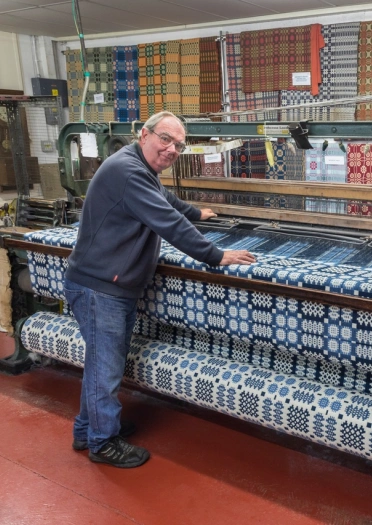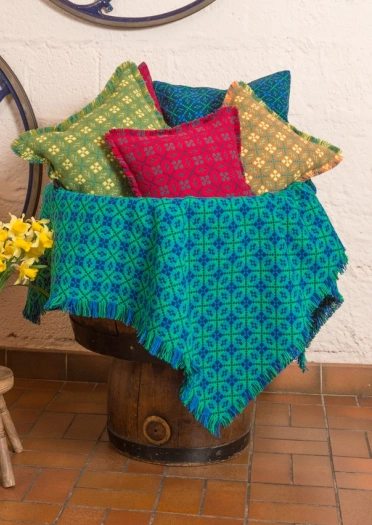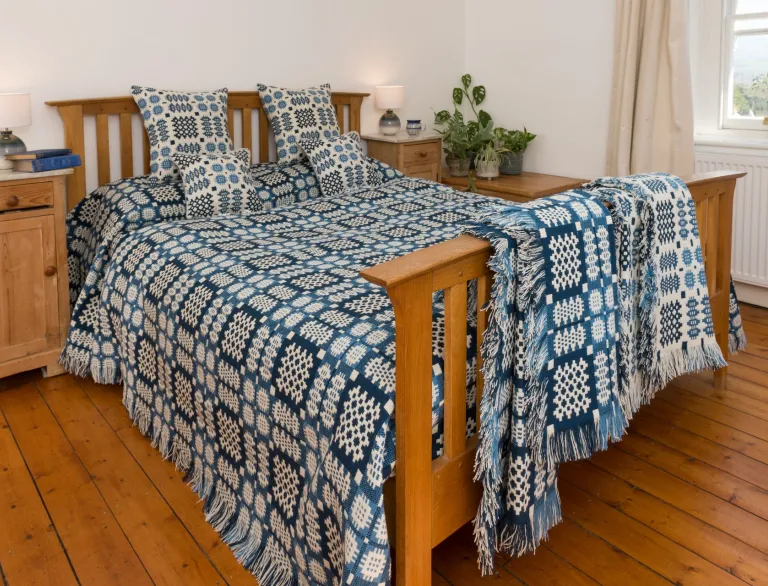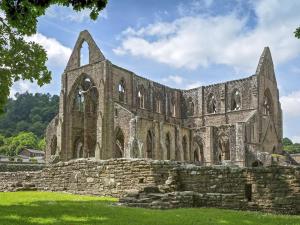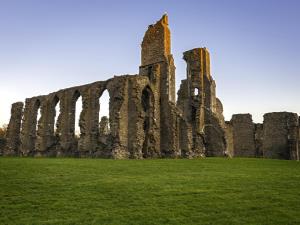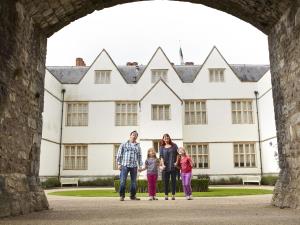High-grade yarns in South Wales
A fine place to pick up the threads of Wales’ wool heritage is in the south-east. It was here that high-quality Welsh yarns first powered wool into being an industry in Wales during medieval times, with Cistercian monasteries such as Tintern, Margam and Neath – still some of the country’s most majestic medieval abbey ruins today – instrumental in establishing the fibre’s reputation across Europe.
Cardiff’s St Fagans National Museum of History, one of the continent’s foremost open-air museums, wonderfully showcases Wales’ history through its buildings, painstakingly transported from their original locations and reassembled here in woodsy parkland: including Esgair Moel Woollen Mill. First constructed in Powys in 1760 at a time when the wool industry was among Wales’ most important, the mill remains a hive of activity with a resident weaver demonstrating the entire process of wool-making from washing through dying, combing and spinning to finally weaving it. The museum shop sells the bespoke results!
Before wool-making became industrialised, and before it was even made on a wheel, drop spinning – where wool is spun by fastening the thread to a suspended spindle with a weighted wheel to keep it moving slowly groundwards – was the way to weave. This skill is also on show at St Fagans, usually within the reconstructed llys or royal court of fabled Welsh prince Llywelyn ab Iorwerth.

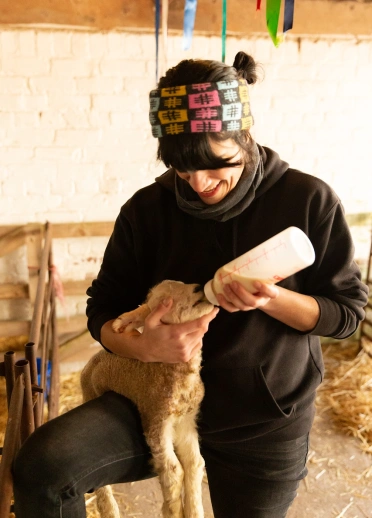
Ammonite Yarns in Pontyclun near Bridgend are driven by a desire to bridge the gap in collective knowledge between the sheep in the fields and the woollen products we buy, sometimes without considering the authenticity of their origins. Always using British wools from small producers as their first-choice threads, the business is part shop, part showcase of UK yarns and part knitting, crocheting and spinning workshop provider.
The heart of Welsh Wool production
While Welsh wool’s roots are largely in the south-east, as fashioning the fibre became an increasingly big industry wool-making moved towards West, Mid and North Wales.
For anyone tangled up in knots about the storied history of Welsh wool, the National Wool Museum in Northern Carmarthenshire’s Dre-Fach Felindre should straighten you out. In the handsome turn-of-the-20th-century former headquarters of Cambrian Mills, the free museum walks you through Welsh wool production from fleece to fabric. You can observe wool being made on typical mill machinery from past centuries and have a go at traditional wool-making skills like carding (straightening and preparing wool fibres) and spinning.
Dre-Fach Felindre’s very etymology – Felindre means ‘mill town’ in Welsh – shows the extent to which the world of wool permeates Welsh identity, too: ‘Felindre’ along with other wool-related terms such as ‘Pandy’ (fulling mill) and ‘Melin’ (mill) have become the names of dozens of places across Wales. Consider that in this south-west pocket of Wales alone there were 325 woollen mills during the 1890s, a time when Wales’ entire population was around two million. That is one big bunch of wool-making per person on average!
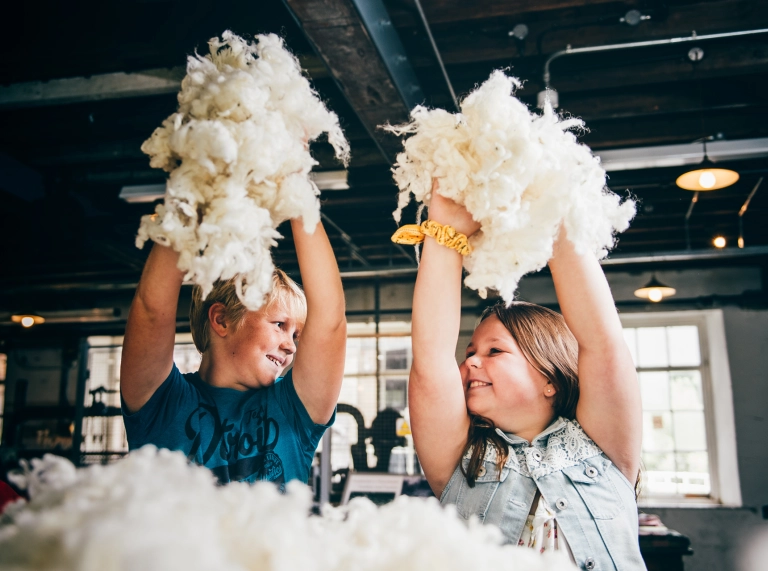
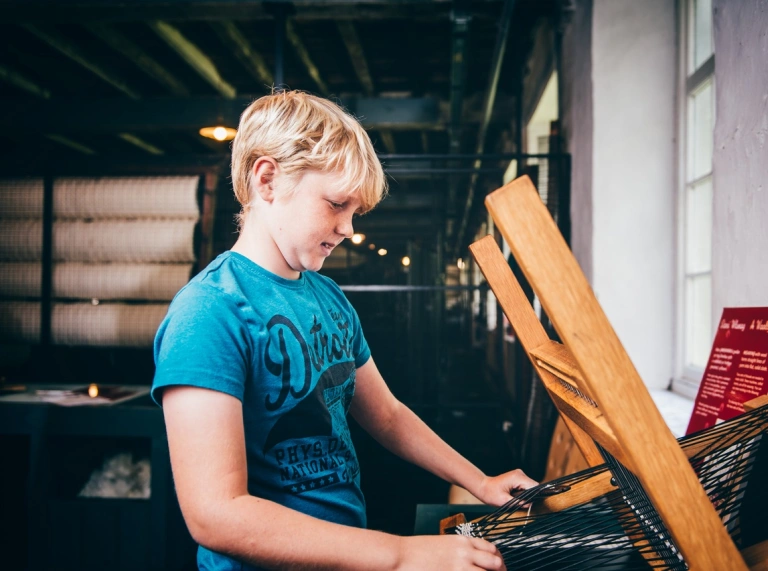
Head towards Fishguard and you can clock Wales’ longest continuously operating woollen mill, Melin Tregwynt. It’s one of the country’s most photogenic mills too. In a wood-ensconced whitewashed building where wool-making has been happening since at least 1841, you can watch as weaving takes place, enjoy locally-made cakes in the café with its serene garden and purchase some of the mill’s most iconic woollen wares in the shop. Melin Tregwynt has been involved in intriguing projects over the years, including weaving the world’s largest picnic blanket – a Guinness World Record!
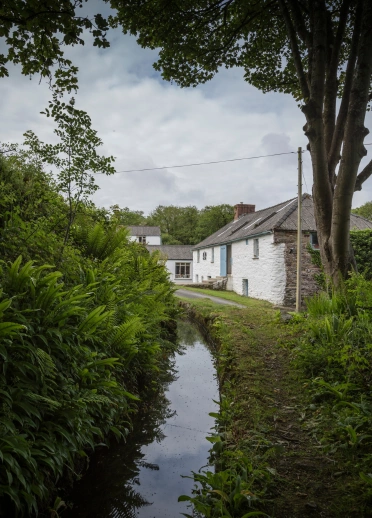
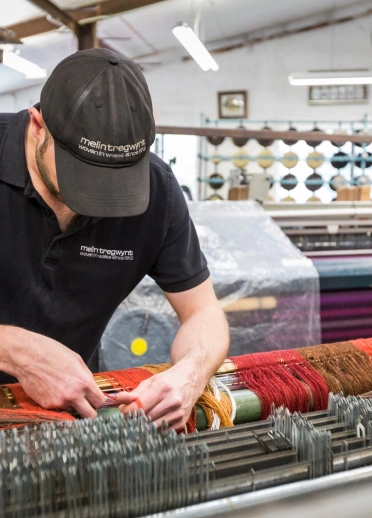
From sheep shearing to high street fashion
Follow the long and winding road back east across Mid Wales and you are in for some special woolly surprises. In tranquil Tregaron below the Cambrian Mountains, Jane Beck Welsh Blankets showcases two centuries of wool production in Wales through the weaving designs and woollen products in fashion in various decades. Whether you’re after a duck egg blue and chestnut Carmarthenshire weave bedspread from the 1930s or a 19th-century hand-woven chocolate-and-cream cushion cover, this is the place to see how wool fashion has changed over time – and buy your own piece of Welsh textile history.
It is well worth the marvellous diversion to Aberhyddnant Organic Farm, a gorgeously-located 220-acre sheep farm in Bannau Brycheiniog (Brecon Beacons) National Park, where you can get acquainted with the woolly creatures supplying Wales with their fleeces! Come too close to a sheep normally and the timid thing will flee: but not this flock. At Jacob Sheep Trekking you can, ahem, take your sheep for an amble around the grounds, and even try shearing one (under professional supervision!). Make a stay of it and cosy down in one of Aberhyddnant Farm's two holiday cottages to experience life on a traditional Welsh sheep farm 24-7!
Further north in Powys, Newtown – where fashion designer Laura Ashley had her factory - is an essential stop for fabric fans. Newtown Textile Museum is one of the best surviving examples of a typical early-19th-century weaving shop and imparts Newtown’s boom-to-bust story of wool manufacture. Each production stage and era of wool-making gets an explanation– wheel-spun wool to loom-made wool to mail-order wool, pioneered by locally-born entrepreneur Pryce Pryce-Jones.
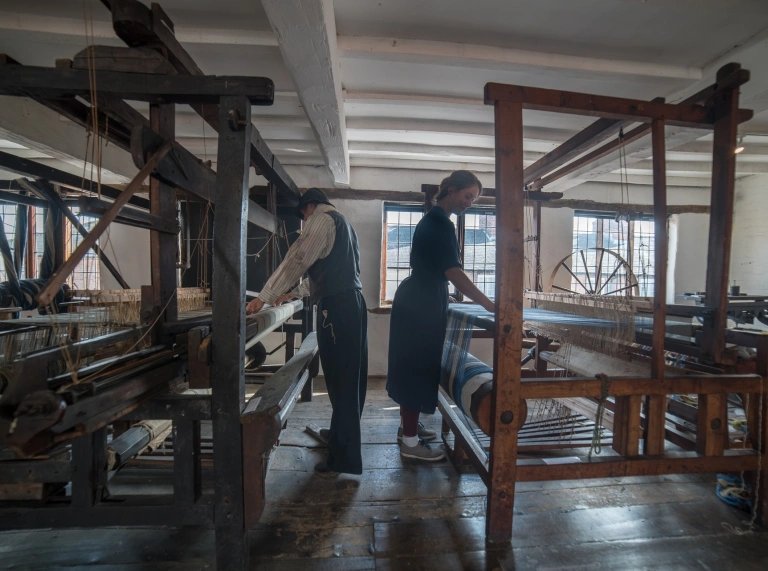
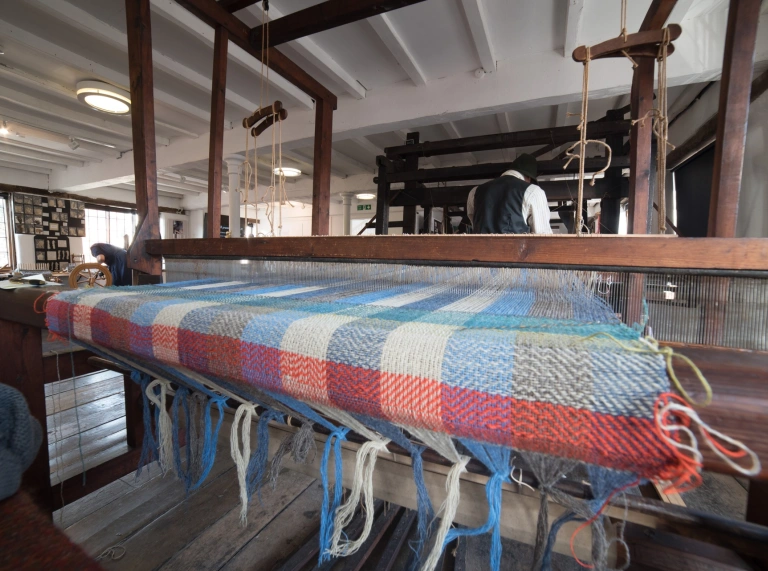
The woolly way to the top of Yr Wyddfa (Snowdon)
North Wales was a major wool producer too, with streams churning off Eryri (Snowdonia) National Park’s mountains to power many important mills. Two of the surviving ones today make for spectacularly-set wool-themed attractions. In Trefriw, the village near the idyllic Fairy Falls waterfall, family business Trefriw Woollen Mills is another of Wales’ longest continually-running woollen mills, going strong since 1859. They specialise in Welsh tapestry – double-woven fabrics with a reversible pattern, featuring time-honoured geometric Welsh motifs – and their shop is among Wales’ best places to buy traditional Welsh-designed fabrics. Visit and you can also check out the 1940s-built water turbine driving the electricity required to run mill machinery. Just before the A470 road soars steeply over the mountains towards Dolgellau at Eryri’s southern gateway, another scenic woollen mill, Melin Meirion, awaits between Mallwyd and Dinas Mawddwy. Its shop stocks a broad range of yarns from British sheep and alpaca breeds.
As of 2025, Yr Wyddfa itself also boasts a brand-new wool connection – besides the sheep speckling its slopes. Embracing a technique used by Romans to improve their famous roads, one of the paths on the highest mountain in Wales or England has been upgraded using fleeces from Welsh Mountain sheep to prevent it getting too boggy.
With wool in Wales, what goes around comes around!
